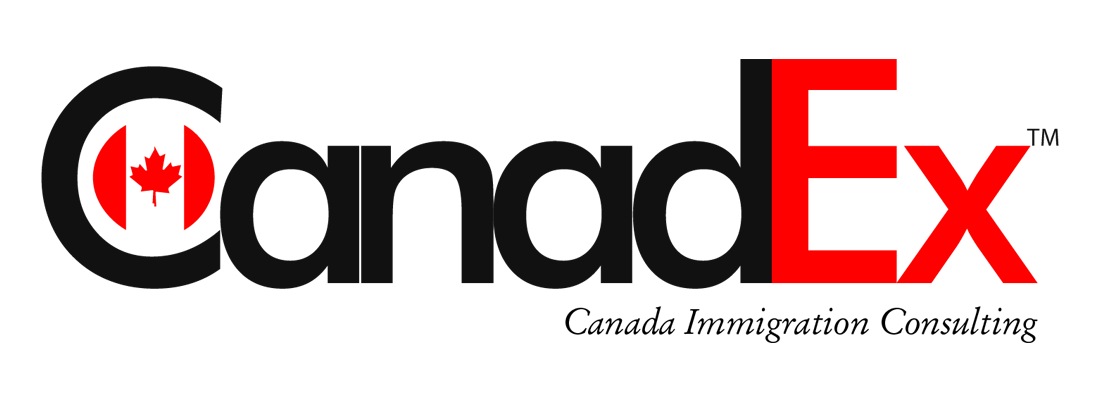Canada recently introduced a new immigration initiative with the intention of attracting H1B visa holders from the United States. This initiative is part of Canada’s Tech Talent Strategy, which marks the country’s first-ever approach to attracting foreign tech professionals. The Canadian government has announced the creation of an open work permit stream specifically for H1B visa holders who are currently residing in the U.S.
This move has generated significant interest and speculation worldwide. In this article, we will delve deeper into the details of this new Canadian visa scheme, explore its potential implications, and examine the challenges it may face.
The New Canadian Visa Scheme for H1B Holders: An Overview
The primary objective of the new Canadian visa program is to entice skilled tech professionals who are currently employed in the U.S. under the H1B visa program. The H1B visa allows U.S. employers to hire foreign workers for specialized occupations. As part of Canada’s Tech Talent Strategy, the Canadian Immigration Minister has revealed plans to allow 10,000 H1B visa holders from the U.S. to work in Canada. Furthermore, this initiative extends to include family members of these visa holders, providing them with study or work permits as well.
The program is scheduled to commence on July 16, 2023. Approved applicants will receive an open work permit that remains valid for up to three years. With this permit, they will have the freedom to work for any employer across Canada, which offers them increased flexibility and numerous opportunities.
Potential Obstacles to the Canadian Visa Initiative
While this new Canadian immigration scheme shows potential in attracting top-tier tech talent from the U.S., it may encounter certain obstacles when it comes to attracting skilled workers from America. One challenge lies in lower salary rates in Canada compared to those in the United States; however, comparing purchasing power can be complex since factors such as healthcare costs need to be considered.
While many renowned IT companies like Microsoft, Apple, and Alphabet (Google) originated in the U.S., and have their headquarters based there, Canada aims to be an appealing destination for tech talent and entrepreneurs by leveraging its resources, networks, and infrastructure.
Additionally, the strong preference for the U.S. over Canada among IT professionals may pose a challenge, as the U.S. offers more opportunities for career development and is considered a global hub for innovation in IT and technology.

It is worth noting that only 10,000 Canadian visas will be made available through this program. The initiative will remain active for one year or until it receives 10,000 applications. Consequently, the number of visas available is relatively limited.
Considering these factors, what should the U.S. do now? One option is to attempt immigration system reform; however, significant reform seems unlikely in practice due to the difficulties associated with passing legislation that facilitates easier work opportunities for migrants in the U.S. Nevertheless, it is highly improbable that the U.S. will face a shortage of tech workers due to Canada’s new work visa system.
The U.S. possesses the capacity to adapt to competitive pressures by capitalizing on its established tech ecosystem and implementing policies supportive of high-skilled immigration and innovation.
Canada H1B Visa Eligibility
Now let’s discuss who qualifies for the new Canadian visa program. Although this program has garnered substantial media attention, there are still several unanswered questions regarding eligibility criteria. According to the initial announcement, H1B specialty occupation visa holders in the U.S. are eligible to apply; however, not all H1B nonimmigrants possess a valid H1B visa stamp despite being in H1B status under various circumstances.
The Canadian immigration authorities’ approach toward including or excluding such H1B nonimmigrants from the new work permit program remains unclear at this stage. Based on the language used in the announcement, it appears that they might exclude individuals without an H1B visa; however, this could simply be an imprecise use of language that can be rectified before the official program is established.
Another area of uncertainty revolves around how the Canadian immigration authorities will allocate the limited supply of new work permits. The announcement suggests that the 10,000 available permits may be allocated on a first-come, first-served basis for principal applicants.
However, such a system could potentially lead to chaos if more than the allotted number attempt to apply on the first day, possibly necessitating the implementation of a lottery system instead. Whether a lottery system or a first-come, first-served basis will be adopted by the Canadian authorities for this new program is yet to be clarified.
Will There Be Canada H1B Visa Requirement?
A third unanswered question pertains to whether there will be any requirement linked to the remaining time in H1B status for an applicant. The IRCC webpage guidance for high-skilled workers suggests that individuals should choose this program if their U.S. work visa is expiring soon; however, it remains unclear whether this is a requirement or merely a recommendation.
The official legal basis for the new work permits, which will likely take the form of either a temporary public policy or a Ministerial Instruction, has not been made public by Canadian immigration authorities yet. Once this information becomes available, it should provide clarity on the open questions discussed above.

Considering the impact of Canada’s new work visa system, it is indeed an attractive initiative aimed at tapping into highly skilled tech talent in the U.S. However, its impact may be limited due to factors such as the finite number of visas available and the fact that the U.S., being a much larger economy with greater opportunities than Canada, can respond to competitive pressures effectively by leveraging its established tech ecosystem and implementing policies conducive to high-skilled immigration and innovation.
Conclusion
Canada’s introduction of a new visa initiative specifically targeting H1B visa holders from the U.S. demonstrates its dedication to attracting global tech talent. While this initiative presents significant opportunities, it also faces notable challenges. The success of the program will heavily depend on Canada’s ability to address these challenges effectively and the response of the U.S.
As countries compete to attract the world’s brightest minds, it will be intriguing to witness how immigration policies evolve in the coming years. For individuals seeking US work visas, various options are available depending on their circumstances.
These include L1 visas for intracompany transferees in managerial or executive positions, H1B visas for specialty occupations requiring specialized expertise, E2 visas for investors who have made significant investments in US businesses, and O1 visas for individuals with extraordinary abilities in arts, sciences, education, business, or athletics.
